There aren’t too many types of brown colored veggies that we often see – it’s mostly just the green veg that we think are going to be tasty and healthy!
However, brown vegetables do contain a huge amount of nutrients that our bodies need, and they taste amazing too.
What Kind Of Nutrients Do Brown Vegetables Contain?
The main nutrient that you’ll find in brown veggies is potassium. This is brilliant for keeping your heart healthy, as well as boosting your immunity and making sure your metabolism.
Brown vegetables are also brilliant for fiber content, which is necessary for ensuring that your digestive system is working correctly.
Carry on reading to find our huge list of brown vegetables!
1. Cauliflower
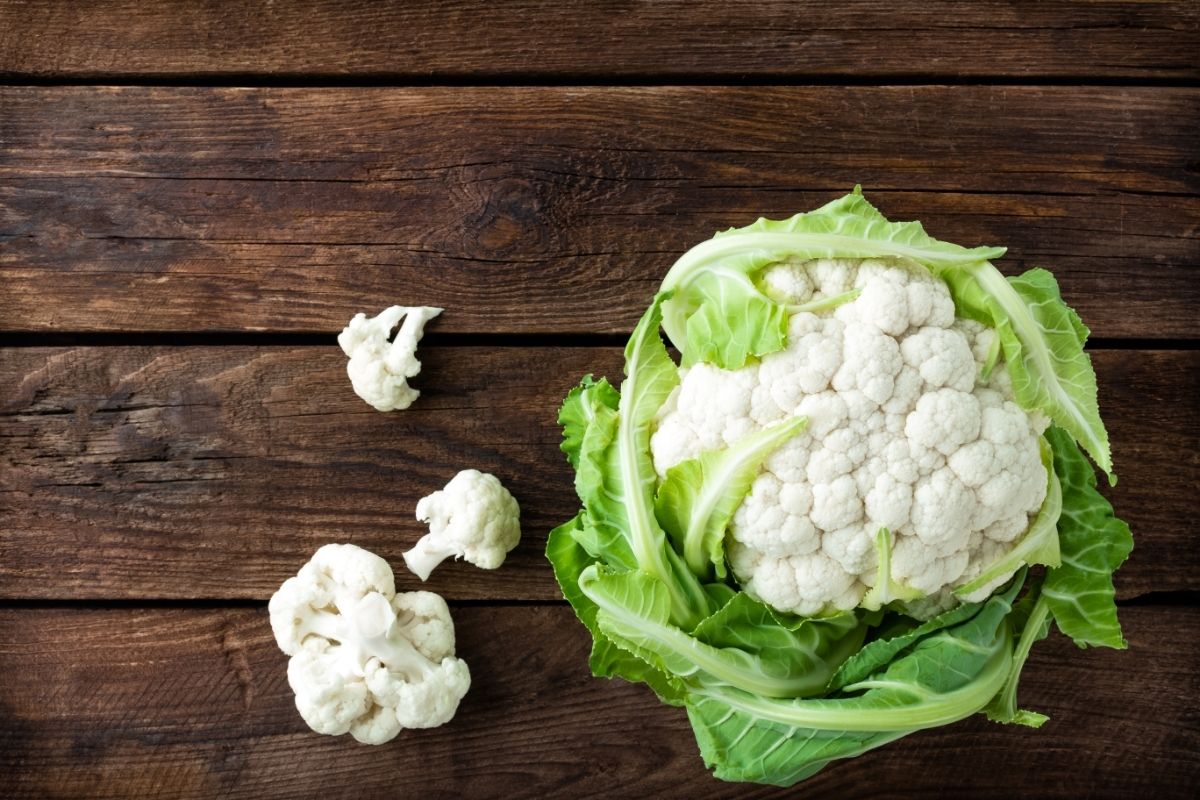
Classed as one of the most popular vegetables to eat, cauliflower is packed with vitamin K, folate, B vitamins, and iron. It’s also one of the best sources of antioxidants like vitamin A and Carotenoids.
While cauliflower is slightly more on the cream side of brown, some cauliflowers do have a brown outer layer.
This is sometimes due to oxidization, but it doesn’t take away from the amazingly palatable taste of the vegetable.
2. Sweet Potato
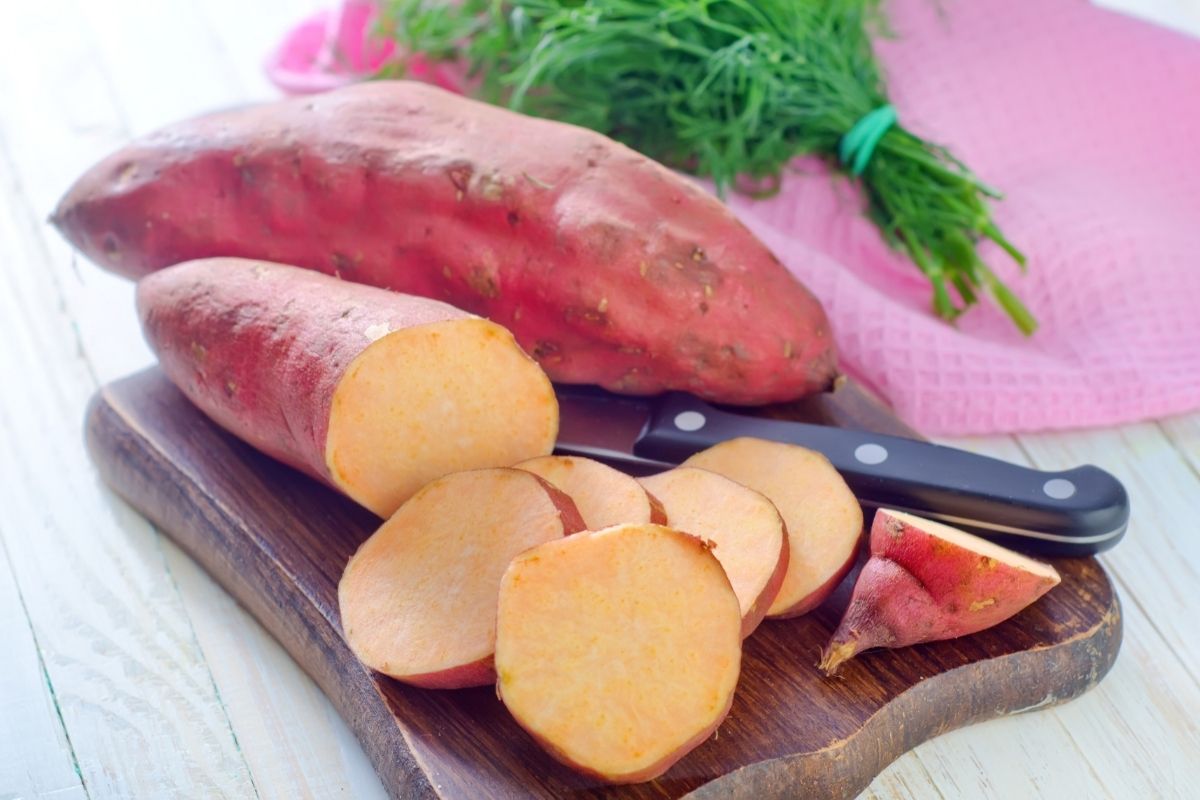
This vegetable is loaded with vitamin C, potassium, fiber, and other essential minerals. The sweet potato has light brown skin which can turn black if exposed to air for long periods of time.
Sweet potatoes are usually eaten cooked or baked as their texture is rather tough when they are raw.
While the inside of a sweet potato can either be orange or cream and this is the thing that most people eat, you can also eat the brown skin.
It is incredibly useful for giving your body fiber and for helping maintain a healthy gut.
3. Garlic
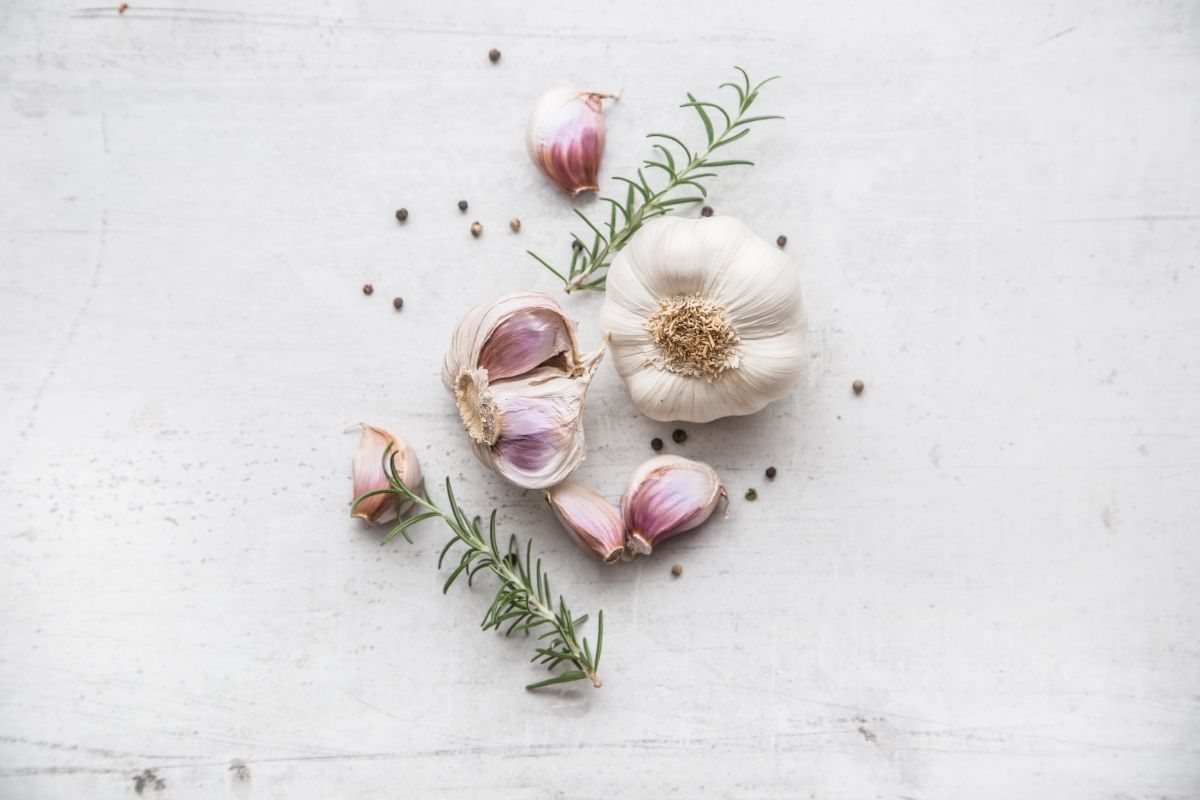
The garlic bulb is made up of cloves, each of which contains allicin, an antioxidant that helps prevent cancer and heart disease. Garlic is also known for its ability to boost immunity and fight off infections.
As well as being used as a food ingredient, garlic is also used in medicine. The light brown exterior of garlic can be deceptive, as it looks like quite a mild vegetable.
However, garlic’s powerful taste is one of the most popular flavors in the world!
4. Brown Onions
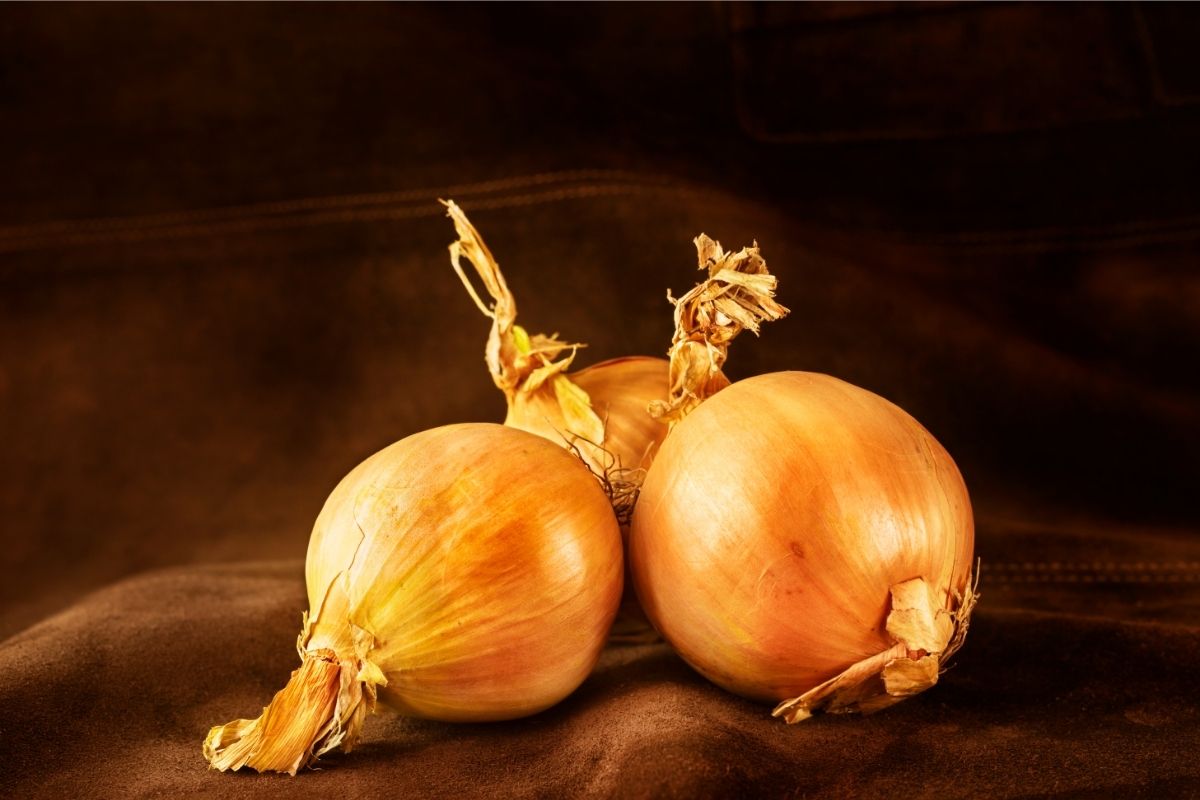
These delicious veggies are high in vitamin C, folic acid, manganese, copper, phosphorus, and magnesium.
Onions come in three colors: white, red, and brown. White onions are considered sweeter than brown ones because they have less water content.
Brown onions are also lower in calories and sugar compared to the white variety. They’re great for adding flavor to dishes such as soups, stews, casseroles, but brown onions tend to be best used when they are pickled!
RELATED: O Is For Onions: Outstanding Veggies That Start With ‘O’
5. Ginger
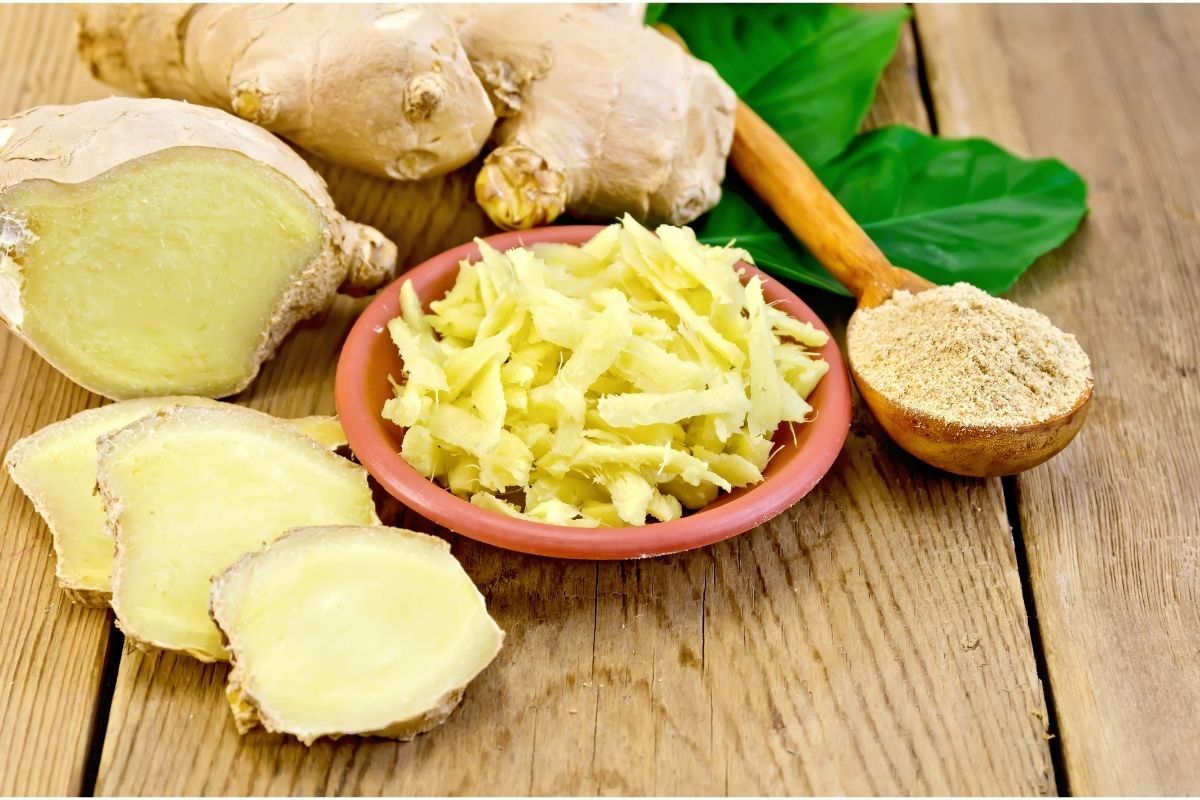
Ginger is another superfood that is full of health benefits. Ginger is rich in gingerol, a compound that acts as an anti-inflammatory agent. It can help reduce pain and inflammation in joints and muscles.
In addition, it also helps to relieve nausea and vomiting. Some types of ginger are even good for treating migraines.
If you want to get the full amount of nutrients into your diet from ginger, try eating fresh ginger root instead of dried ground ginger.
6. Mushrooms
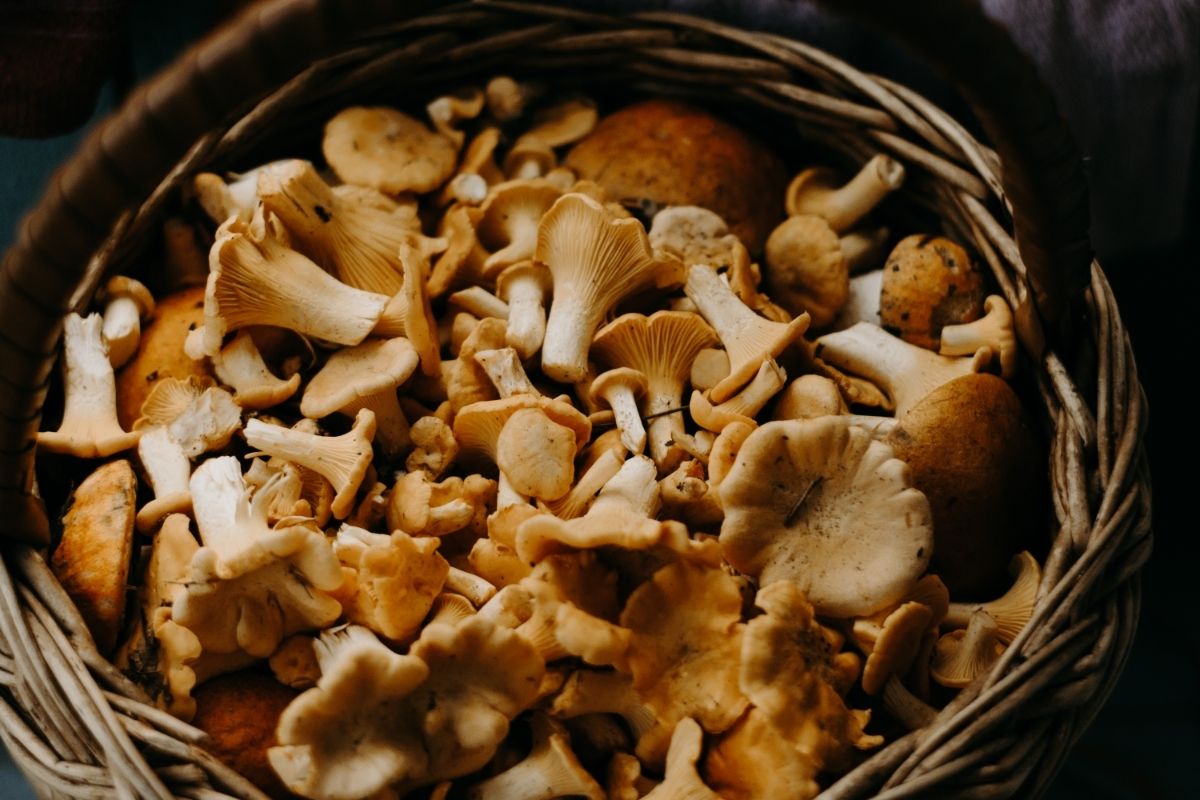
Mushrooms are very versatile and nutritious. They are packed with protein, iron, calcium, zinc, selenium, and B vitamins.
Mushrooms are also low in fat and cholesterol. There are many kinds of mushrooms including button mushrooms, portabello mushrooms, shiitake mushrooms, and oyster mushrooms.
You can use them in salads, stir-fries, pasta sauces, and you can also find some that are canned or frozen to add to their convenience.
7. Potatoes
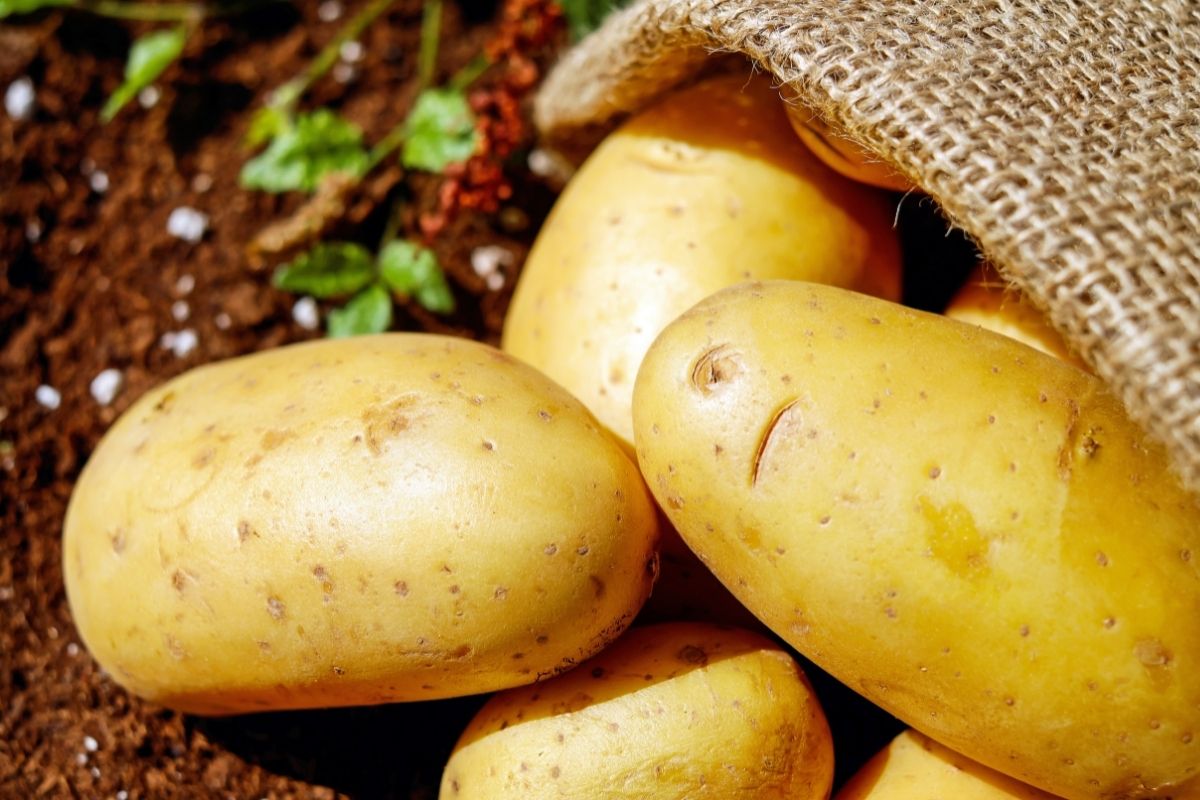
One of the most common foods around the globe, potatoes are a staple food source. Potatoes are a great source of carbohydrates, fiber, and vitamin C.
They are also a good source of several important minerals, including potassium. Potatoes are an incredibly versatile brown vegetable and there are many ways to cook them, including boiling and roasting.
Interestingly, potatoes shouldn’t be stored in a refrigerator as this gives them a sweeter taste and some discoloration when they are cooked.
8. Jerusalem Artichoke
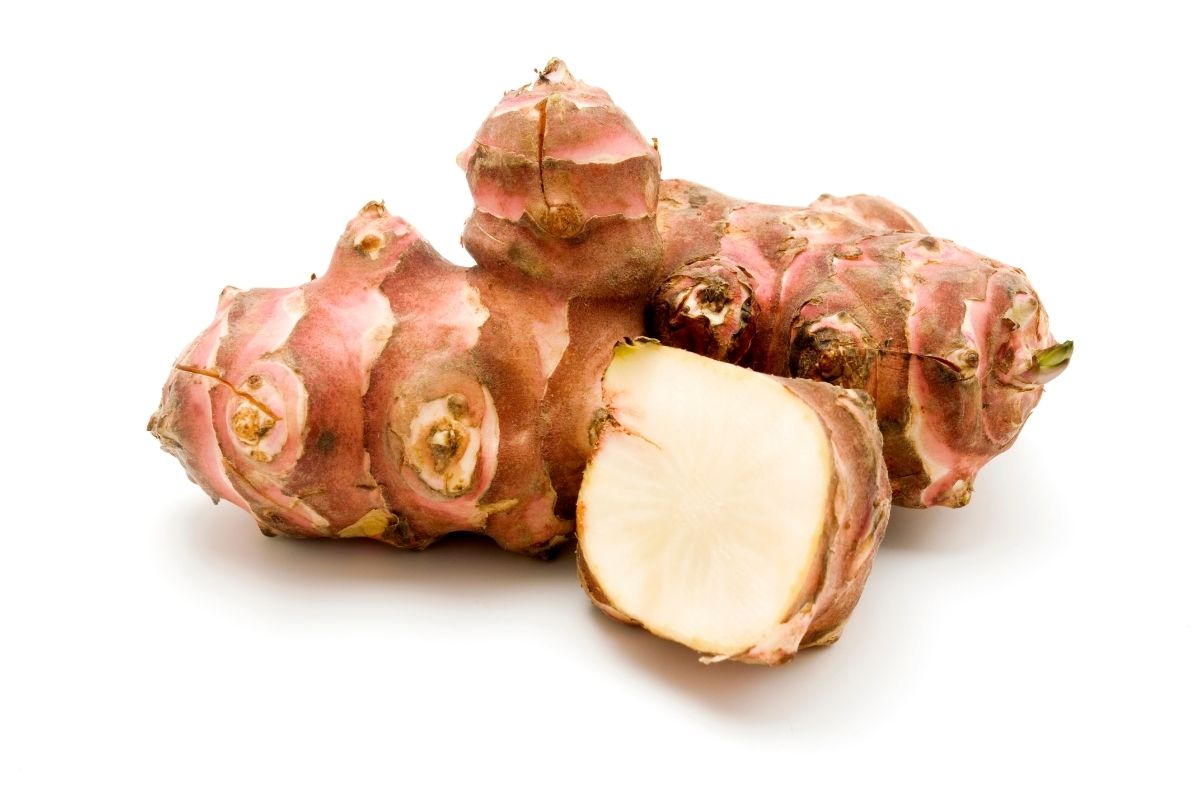
This veggie is not only tasty, but it is also extremely nutritious. Jerusalem artichokes contain more iron, potassium, and vitamin C than any other type of potato.
They also contain inulin, a type of soluble fiber that makes them particularly beneficial for people who suffer from digestive problems.
9. Jicama
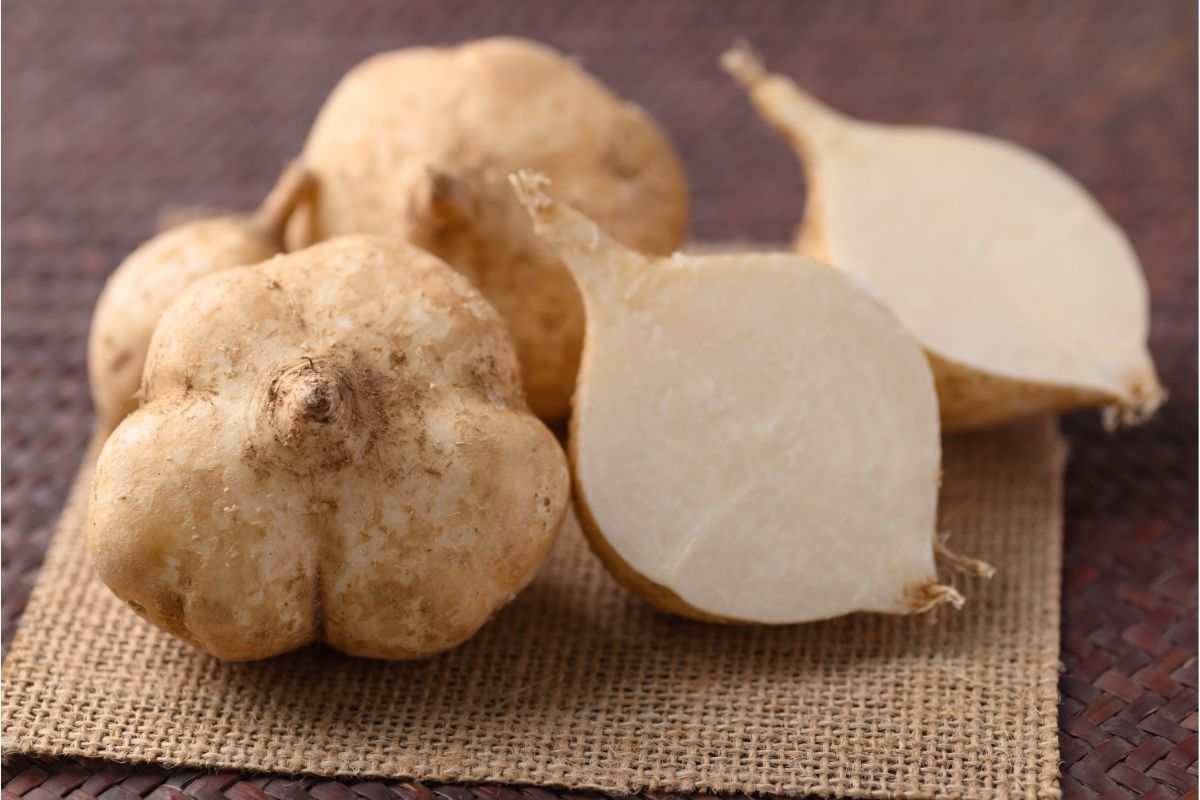
Jicama is a brown vegetable with a white inside. It has a crunchy, sweet, and juicy texture that a lot of people actually compare to a potato.
It is most often eaten baked or fried, and it is very low in calories, sodium, cholesterol, and it is a great source of vitamin C and fiber. Jicama is a great alternative to regular chips and fries.
10. Parsnips
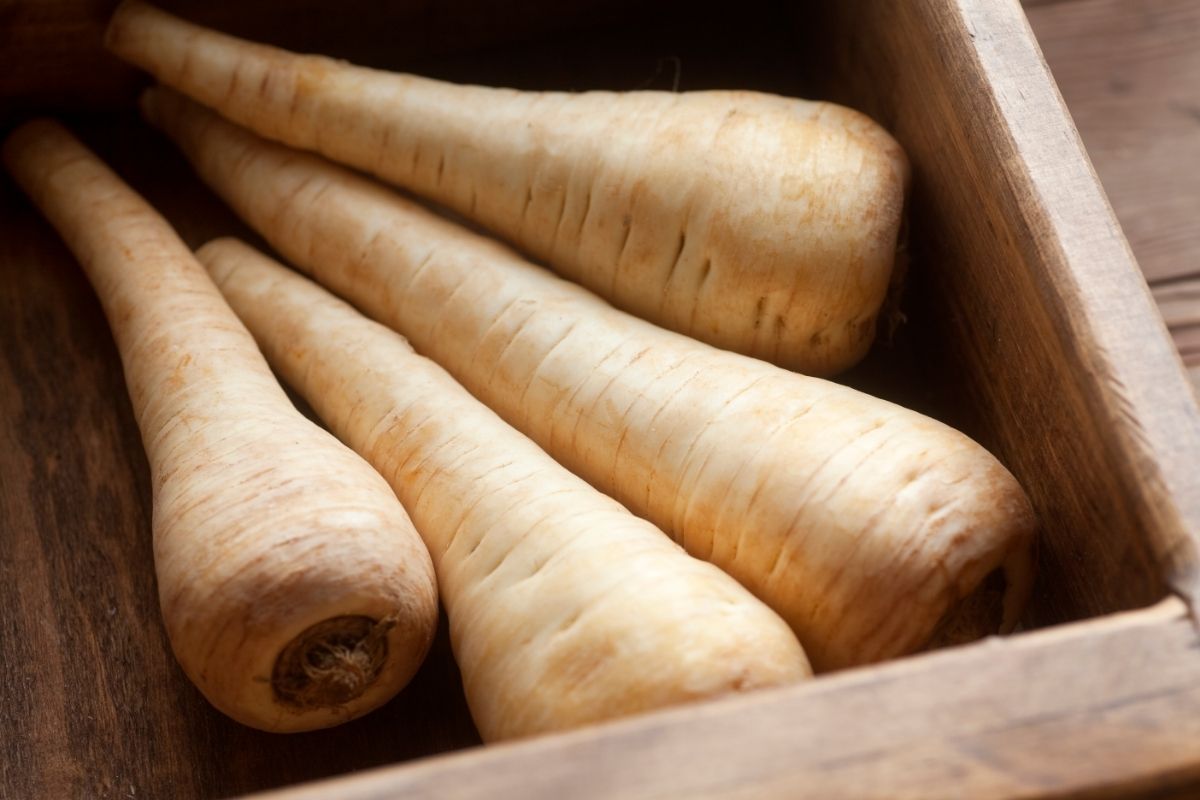
These vegetables are similar to carrots in appearance, but they are much smaller and have a light brown exterior.
Parsnips are a member of the carrot family and are loaded with antioxidants and beta-carotene. This means that they will give your body lots of energy and fight off infections. They are also very easy to grow and store well.
11. Turnips

Similar to parsnips, turnips are members of the same plant family as radishes. Turnips have a slightly bitter taste and are usually served raw or steamed.
They are one of the few vegetables that contain vitamin K, which helps keep bones strong. They are also high in fiber and potassium.
The best part about turnips is that they are relatively inexpensive and easy to grow at home.
RELATED: T Is For Turnips: Terrific Veggies That Start With ‘T’
12. Shallots
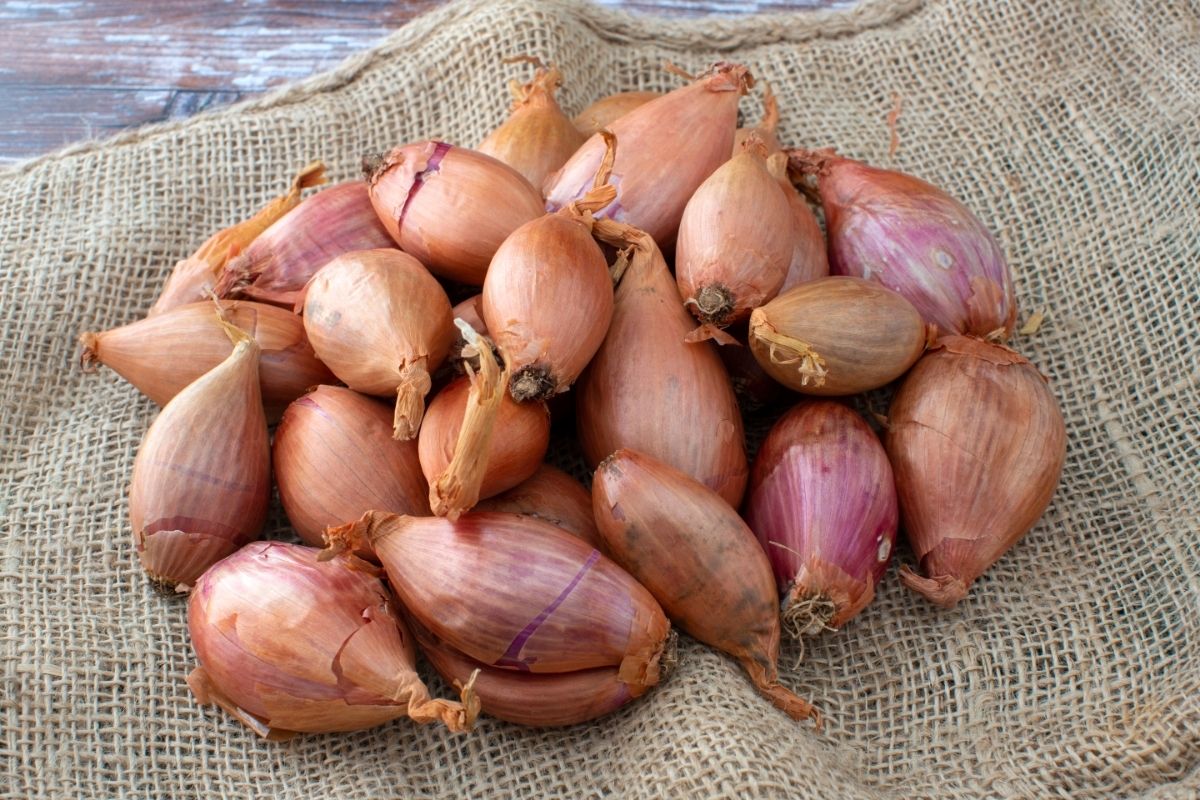
These small onions are a member of the onion family and are used in cooking like garlic. They are also known to improve brain function and memory.
They are also a great source of vitamin C and folate. They are especially helpful for pregnant women because they help prevent birth defects.
13. Swede
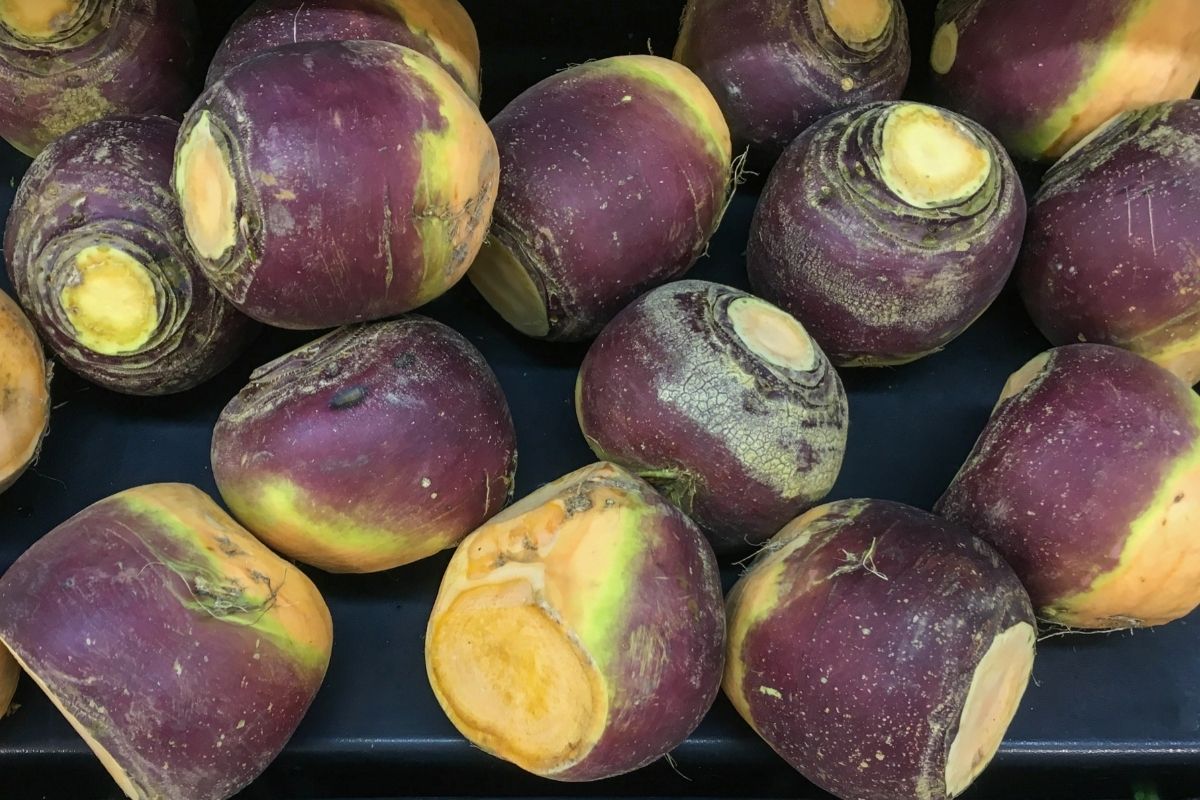
A member of the turnip family, swedes are a root vegetable that tastes milder than turnips. They are high in vitamin A and vitamin C, and they are also rich in fiber.
Swedes are popularly used in soups and stews. They are sometimes called rutabagas.
14. Baby Corn
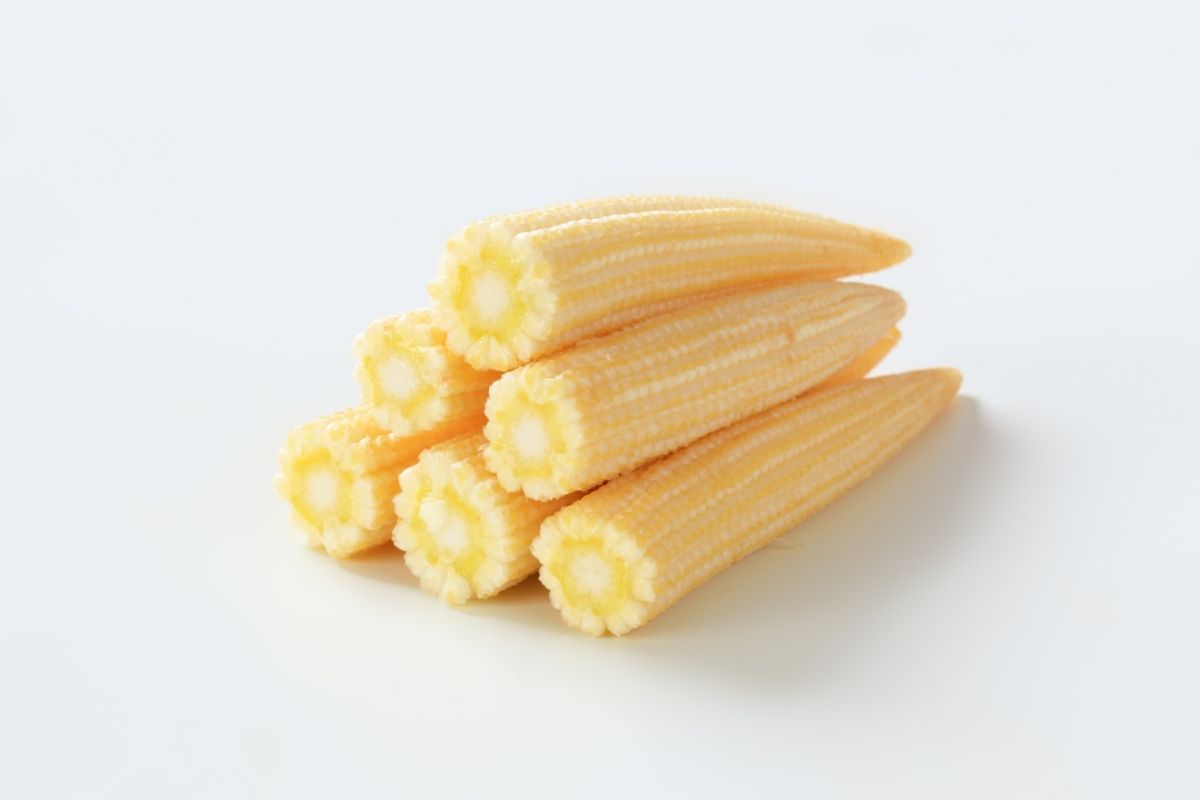
While this vegetable is on the paler side, corn and baby corn alike are classed as brown vegetables. Baby corn is simply young corn that hasn’t been cut off yet.
It’s delicious and can be eaten raw or roasted. It contains vitamins B6 and E, and it is a good source of calcium. It’s also a healthy snack because it’s low in fat and high in fiber.
15. Celery Root

Also known as celeriac, celery root is another member of the celery family and is considered a root vegetable. Celery roots are typically boiled or roasted, and they’re full of nutrients such as vitamin C, magnesium, phosphorus, and zinc.
They are also a source of dietary fiber. You can eat celery root raw and one of the recommended ways to do this is to grate it and throw it into a salad with some nuts and fruit!
16. Daikon
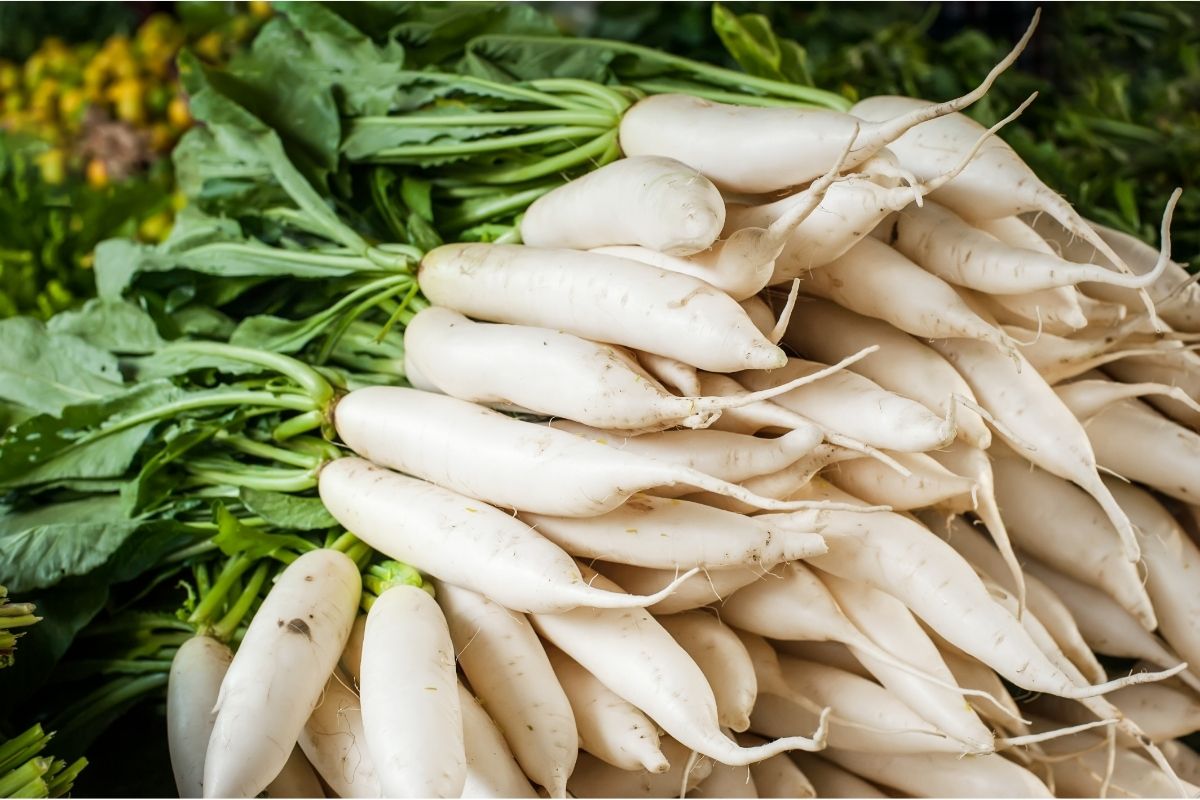
This Japanese root vegetable is commonly referred to as Japanese Radish. Daikon is a member of the radish family and is a staple in Asian cuisine.
It is a good source of vitamin C and fiber, and it is also packed with minerals such as iron, phosphorous, and manganese.
These nutrients help build strong blood cells and bones. Daikon is also a good source of vitamin K, which helps promote bone health. It has a light brown exterior and a white interior.
To Sum Up
There are quite a few brown vegetables out there that you should definitely include in your diet. They are all healthy and nutritious, so make sure you eat these every day if possible.
Try to incorporate them into your meals at least once a week. Don’t forget about them next time you go grocery shopping!
Frequently Asked Questions
How Much Of Each Vegetable Should You Eat?
The recommended daily intake (RDI) for each of these vegetables will vary depending on the type of vegetable and the size and nutrients.
For example, one serving of cauliflower is equal to one cup of chopped cauliflower. However, one serving of ginger is equal to 1 teaspoon of raw ginger.
Do I Need To Peel My Vegetables Before Cooking?
Peeling your vegetables is optional, but it does help remove some dirt and pesticides that may be present. If you choose to peel your vegetables, just use a vegetable peeler and cut away the skin. You can then chop up the peeled vegetables however you like.
Do I Need To Wash My Vegetables Before Eating Them?
Yes, washing your vegetables is always a good idea. When you wash your vegetables, you want to remove any dirt or debris that may be on them.
To do this, simply run water over them and let them sit until they are completely clean. Then, dry them thoroughly.
We hope you learned something from this article, here are other articles that you can learn from:
The Color Purple: 11 Different Types Of Purple Colored Veggies







